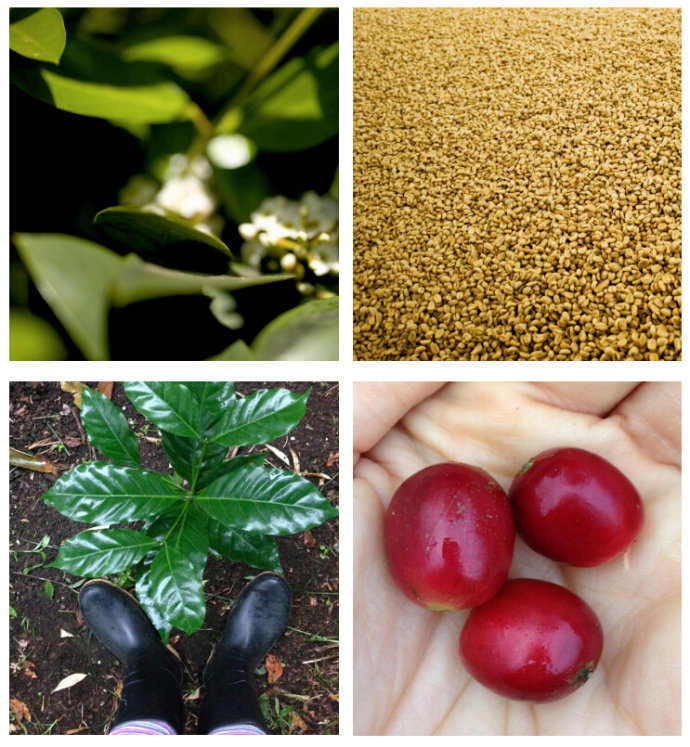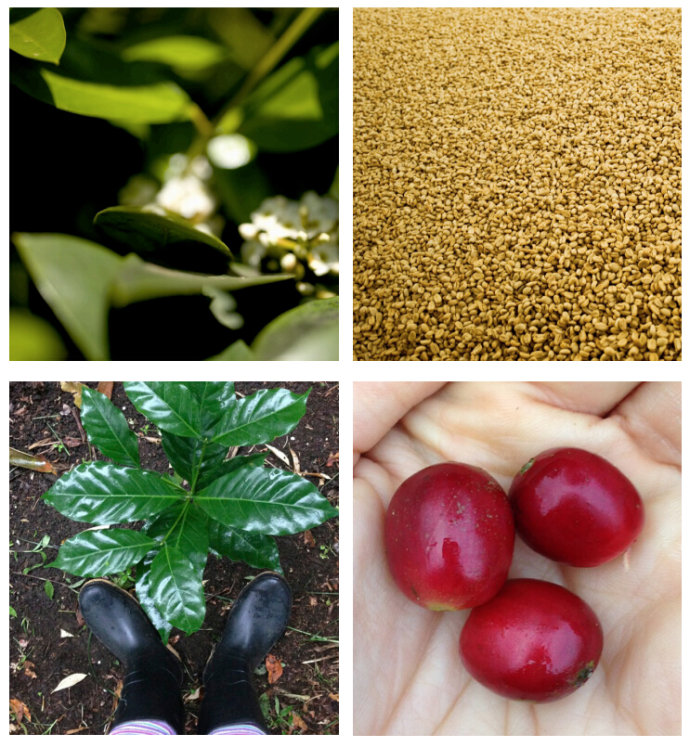Coffee Bean selection course Coffee Bean Brand Guide Coffee Bean Brand Guide Ethiopia Sidamo Solar treatment Lion
With the deepening of people's contact with coffee, ordinary taste can no longer meet people's needs. As a result, more and more coffee lovers will buy their own beans and go home from the beginning of grinding, blending their favorite coffee flavor step by step. Coffee beans vary in size, new and old quality, how to choose their favorite and cost-effective coffee beans?
Methods / steps
Size and taste
There is a difference in taste between large coffee beans and small coffee beans. For the same kind of coffee, the bigger the bean, the higher the grade, the smaller the bean, the lower the grade, and the cheaper it is. Of course, there are differences in taste. The bigger the beans, the stronger the coffee. However, in addition to high-grade products, the classification of other coffee is not very strict, for example, the central grade beans can account for 60%. Then beans one level higher than this level and beans at a lower level will each account for 20% at the same time. Therefore, sometimes it is roasted according to the standard of the marked central grade, and the other 40% of the coffee cannot be roasted under the best conditions.
New and old and preservation time
Judging the new and old beans in coffee beans as well as the time to market can help to judge the freshness of coffee. The taste of new coffee beans and old coffee beans roasted in the same variety and the same degree will be significantly different, of course, the new beans are more fragrant, the reason is very simple, the freshness of coffee beans will directly affect the roasting and extraction of coffee. Although the moisture of the new bean will be greatly lost and the color will turn white after several years of preservation, the flavor will not be greatly affected, so it is more advantageous to choose the new bean when the specific production date of the coffee bean is unknown.
Country: Ethiopia
Grade: G1
Production area: Guji
Planting altitude: 1800-2000m
Soil type: volcanic laterite
Annual rainfall: 1100-1200 cm
Treatment: insolation
Variety: native species (Heirloom)
Disposal site: Sirsa Cooperative
Raw bean specification: 17-18 mesh
Flavor: Jasmine, honey, citrus, ripe berries
The coffee flavor of Sidamo is very diverse, and the different soil types, microclimate and countless native coffee species make the coffee produced in each town have obvious differences and characteristics. In 2010-12, three consecutive times won the United States authoritative coffee review website coffeereview92 to 94 high marks, which shows the extraordinary value of raw beans in this area! The territory is covered by towering mountains, highlands, plateaus, valleys and plains with a variety of topography. The geology of the area belongs to the fertile and well-drained volcanic soil, which is nearly two meters deep and the surface soil is dark brown or brown. The biggest advantage of this place is that the soil fertility is maintained through the circulation of natural organic matter, with the withered leaves or litter of the surrounding trees and the residual roots of plants as natural fertilizer. This batch is produced by Sirsa Shilcho Cooperative near DillaTown. The cooperative was founded in 1976 and is currently a member of the Sidamo Farmers' Cooperative Union SCFCU (SidamoCoffeeFarmerCooperativeUnion). We have screened the coffee again and again and selected this batch for excellent flavor.

Important Notice :
前街咖啡 FrontStreet Coffee has moved to new addredd:
FrontStreet Coffee Address: 315,Donghua East Road,GuangZhou
Tel:020 38364473
- Prev

Coffee Bean Selection Tutorial Coffee Bean Brand Type Guide Guatemala
As people's exposure to coffee deepens, ordinary tasting can no longer meet people's needs. As a result, more and more coffee lovers will buy their own beans home, starting with grinding, step by step to blend their favorite coffee flavor. Coffee beans are big.
- Next

Coffee Bean selection course Coffee Bean Brand Type Guide Yega Fischer kochere washing G2
With the deepening of people's contact with coffee, ordinary taste can no longer meet people's needs. As a result, more and more coffee lovers will buy their own beans and go home from the beginning of grinding, blending their favorite coffee flavor step by step. The size of coffee beans
Related
- Detailed explanation of Jadeite planting Land in Panamanian Jadeite Manor introduction to the grading system of Jadeite competitive bidding, Red bid, Green bid and Rose Summer
- Story of Coffee planting in Brenka region of Costa Rica Stonehenge Manor anaerobic heavy honey treatment of flavor mouth
- What's on the barrel of Blue Mountain Coffee beans?
- Can American coffee also pull flowers? How to use hot American style to pull out a good-looking pattern?
- Can you make a cold extract with coffee beans? What is the right proportion for cold-extracted coffee formula?
- Indonesian PWN Gold Mandrine Coffee Origin Features Flavor How to Chong? Mandolin coffee is American.
- A brief introduction to the flavor characteristics of Brazilian yellow bourbon coffee beans
- What is the effect of different water quality on the flavor of cold-extracted coffee? What kind of water is best for brewing coffee?
- Why do you think of Rose Summer whenever you mention Panamanian coffee?
- Introduction to the characteristics of authentic blue mountain coffee bean producing areas? What is the CIB Coffee Authority in Jamaica?

